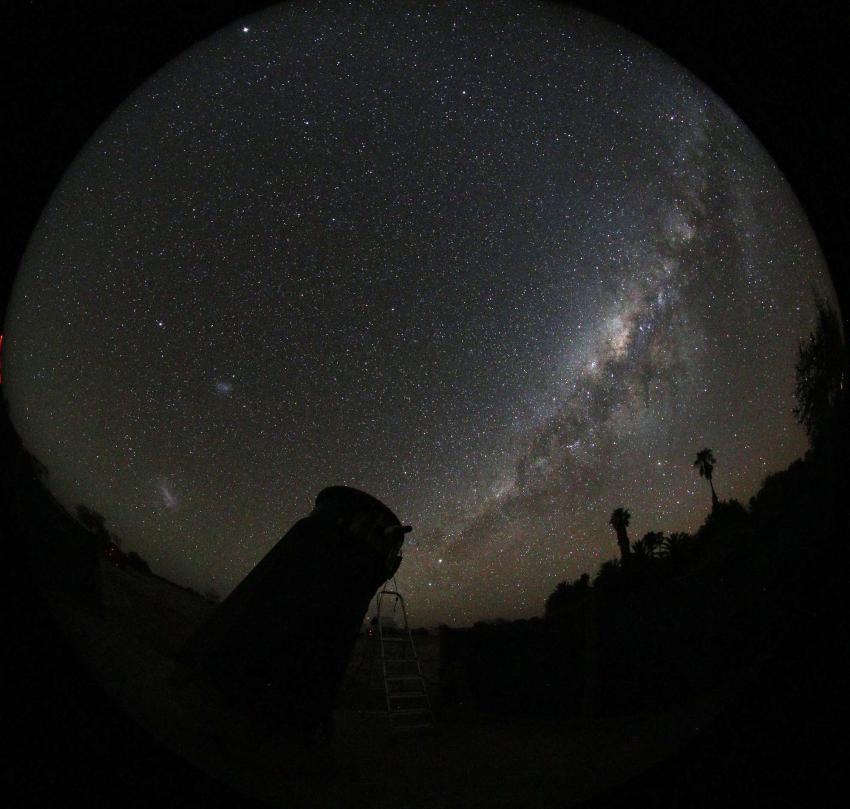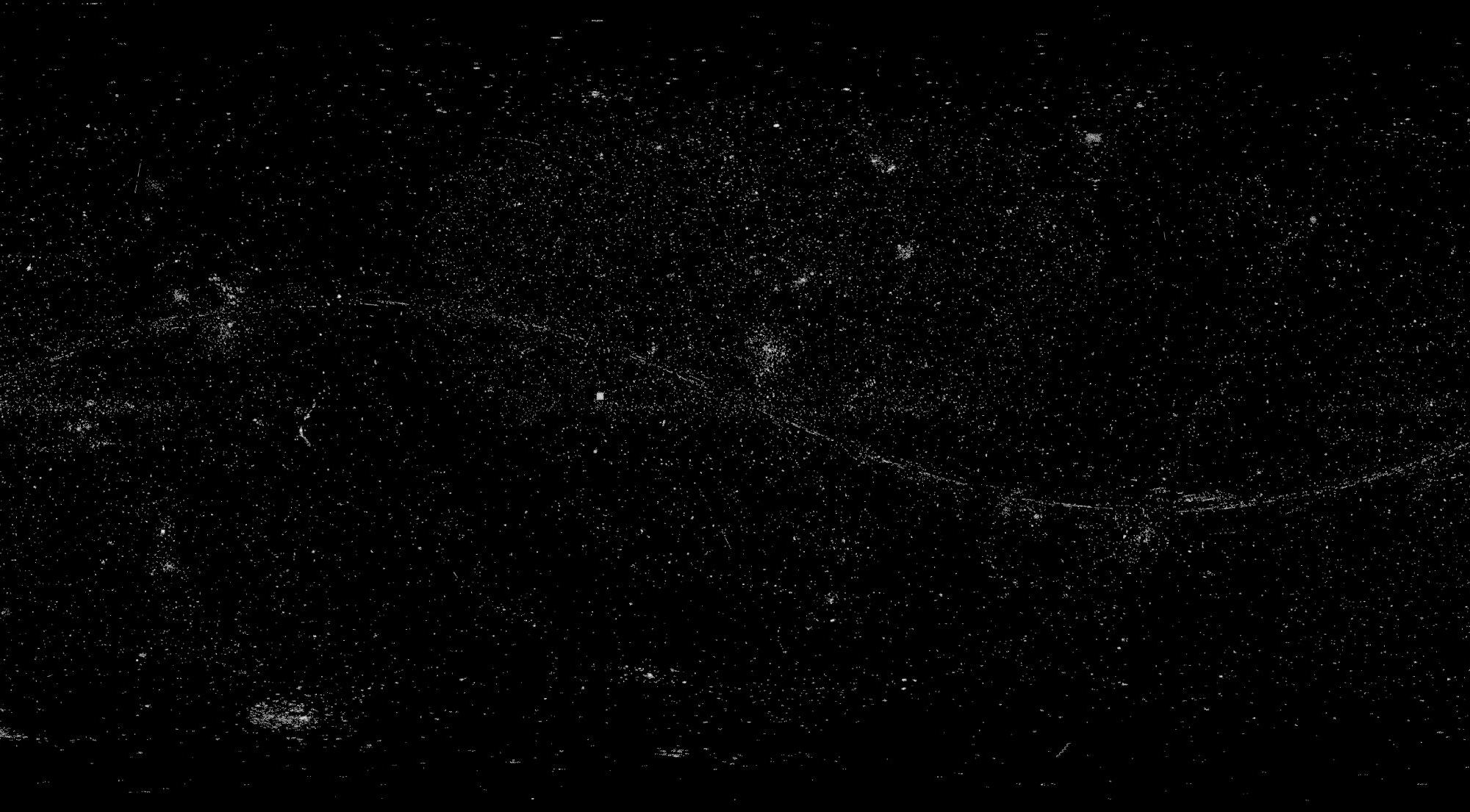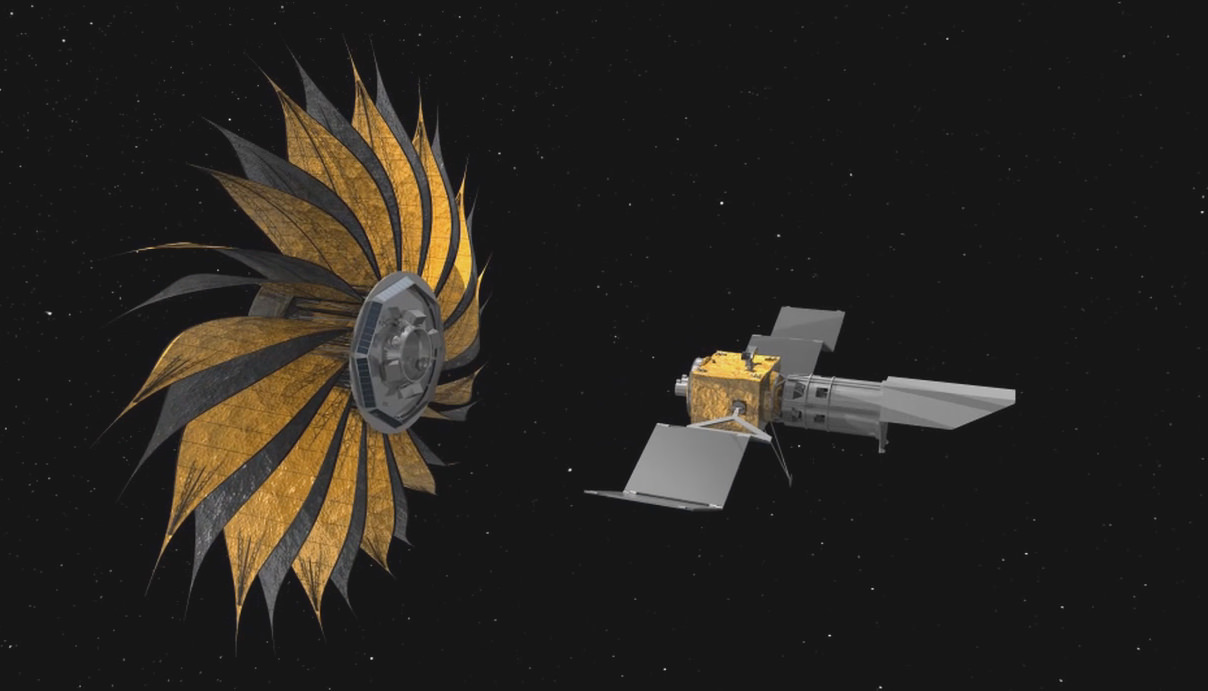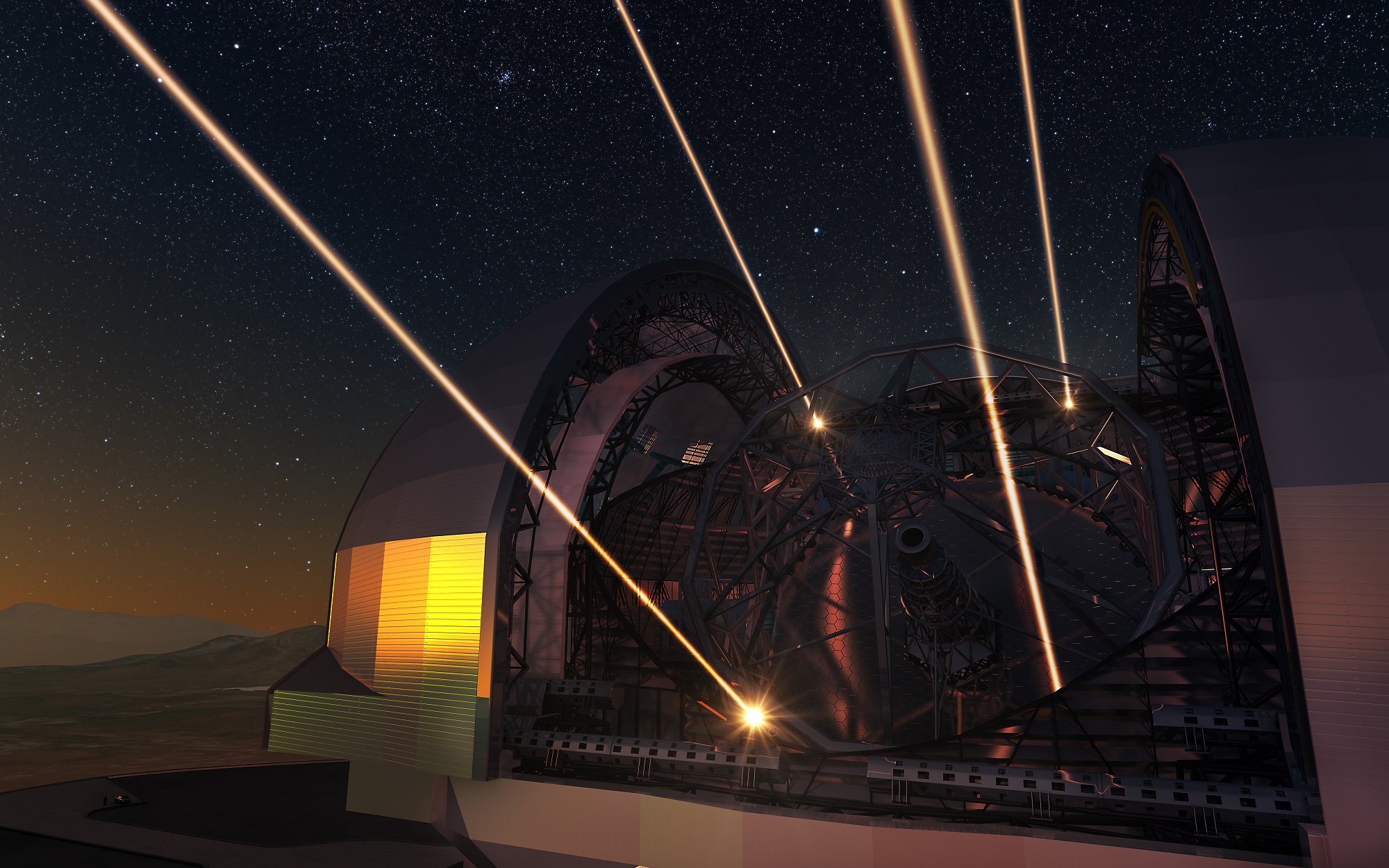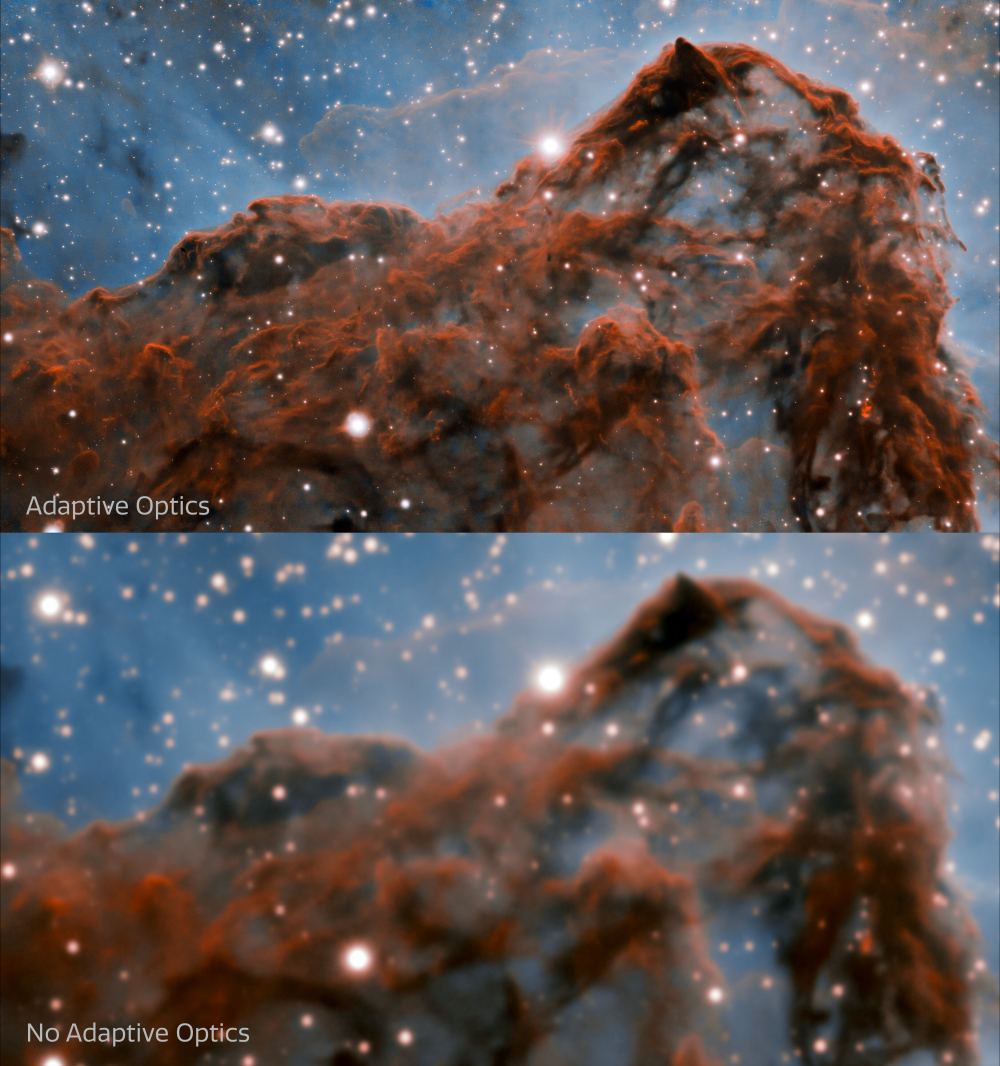To reach the U.S. National Science Foundation’s Green Bank Observatory, you take the road less traveled, winding through scenic and remote regions of the Allegheny Mountains and the Monongahela National Forest of West Virginia. About an hour away, you’ll start to lose cell phone service. The Green Bank Observatory – a collection of radio telescopes that search the heavens for faint radio signals from black holes, pulsars, neutron stars or gravitational waves — sits near the heart of the United States National Radio Quiet Zone, a unique area the encompasses an area of approximately 13,000 square miles, spanning the border between Virginia and West Virginia.
Here in the NRQZ, human-generated radio transmissions are limited to shield the radio telescopes from Earth-based radio signals called RFI (Radio Frequency Interference), which are high-frequency electromagnetic waves that emanate from electronic devices such as computers, cell phones, microwave ovens, and even digital cameras. Even the weakest RFI signals can drown out the faint radio waves coming from the cosmos.
Continue reading “Part 2: The History and Future of Planetary Radar”



